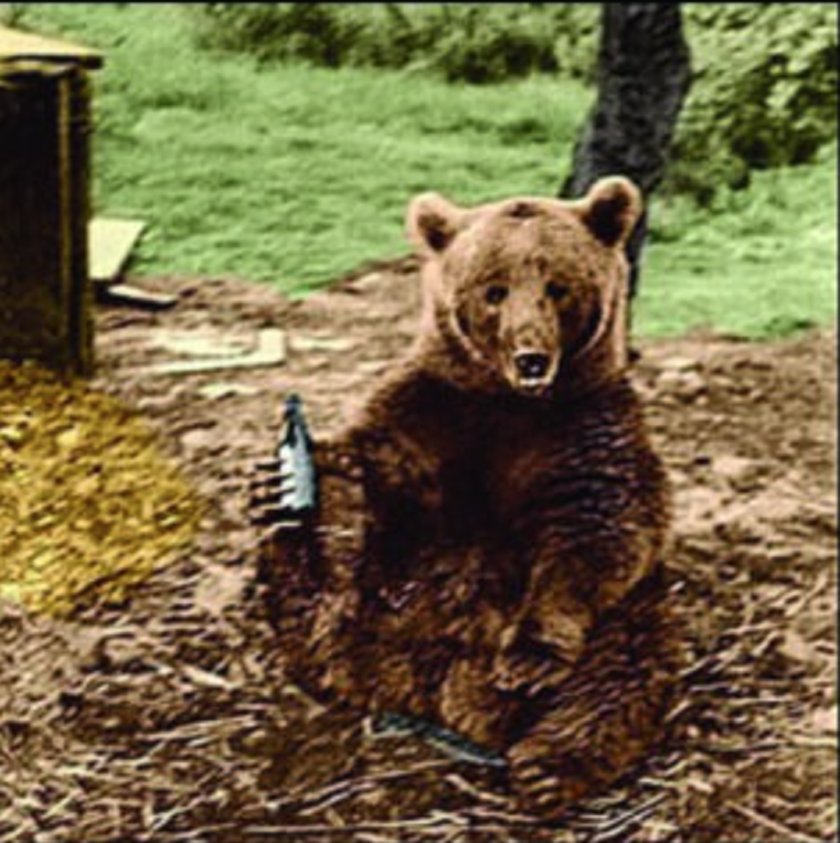
++++contains scenes of animal cruelty++++++++
When I cam across this story I didn’t know what to think of it except for, no matter at what angle you look at it ,this is cruelty.
Topsy was born in the wild around 1875 in Southeast Asia and was captured soon after by elephant traders. Adam Forepaugh, owner of the Forepaugh Circus, had the elephant secretly smuggled into the United States with plans that he would advertise the baby as the first elephant born in America.

At the time Forepaugh Circus was in competition with the Barnum & Bailey Circus over who had the most and largest elephants. The name “Topsy” came from a slave girl character in Uncle Tom’s Cabin.

Topsy the Elephant gained notoriety in America as part of the Forepaugh Circus when she killed a spectator in 1902 and was subsequently sold off to Luna Park. After this her reputation worsened, partly because of her alcoholic handler and the decision of her owners Frederick Thompson and Elmer Dundy to exploit her for PR purposes.
To this end they decided to execute her. Their horrific original plan to hang her at the park was stopped by the SPCA. Instead they decided to electrocute her, which they did in front of press, and a camera crew from Edison Manufacturing movie company filmed the incident – possibly the first filmed death of an animal.
It is arguably the most famous animal execution ever. It received national coverage in the newspapers, and the Edison Manufacturing Co. sent a film crew to document it.
The execution, chiefly by electrocution, has since been the subject of articles, books, and television documentaries, and in recent times has become something of a cause célèbre. These days it is usually erroneously portrayed as a key moment in the so-called “Battle of the Currents” between Edison’s direct current system and the Westinghouse-Tesla alternating current system, the outcome of which (a victory for Westinghouse) would determine the course of electrification world-wide.
The execution was listed in the Edison catalog as:
“Topsy, the famous “Baby” elephant, was electrocuted at Coney Island on January 4, 1903. We secured an excellent picture of the execution. The scene opens with keeper leading Topsy to the place of execution. After copper plates or electrodes were fastened to her feet, 6,600 volts of electricity were turned on. The elephant is seen to become rigid, throwing her trunk in the air, and then is completely enveloped in smoke from the burning electrodes. The current is cut off and she falls forward to the ground dead.”
The title of the short move of the execution was “Electrocuting an Elephant”
This is the actual footage of the electrocution. I am only posting this to show how delusional the people were(including animal protection agencies), thinking that this was acceptable.
While Edison had nothing to do with the decision to euthanize Topsy and took no part in the proceedings, the SPCA’s understanding of electrocution as a humane means of dispatching animals was certainly influenced by experiments Edison and his associates had made at his West Orange Laboratory during the late 1880s. Edison was prompted to conduct experiments on animals after SPCA founder Henry Bergh, Jr., contacted him to ask whether electrocution might provide a humane way of killing unwanted animals. During these experiments, Edison and his assistants electrocuted a number of animals, chiefly dogs provided by the SPCA.
The cruel act became notorious later on as the subject of an urban legend that Thomas Edison had ordered the elephant electrocuted in order to prove the danger of alternating current electricity during the War of Currents. This is false – the war between AC and DC took place ten years before the death of Topsy and Edison was never at Luna Park.

The execution took place on a dreary Jan. 4. 1903. Because nobody had ever electrocuted an elephant before, they decided to make sure the act would be completed with a combination of poisoning, strangulation and electrocution. Topsy was fed carrots laced with potassium cyanide, and her feet were placed in conductive copper sandals so she could be electrocuted.
Just how many people came out to witness Topsy’s execution is a matter of dispute. The newspaper accounts vary from several thousand to 1,500 to “only persons immediately concerned and reporters.” Had Edison been present, the newspapers would certainly have made note of it, but none even mentioned him at all. However many spectators there were, Edison was not among them.
Thankfully we have moved on from that era. or have we?
sources
https://www.imdb.com/title/tt0231523/?ref_=ttpl_pl_tt
https://www.onthisday.com/photos/topsy-the-elephant-is-electrocuted
 During World War II, the 22nd Artillery Supply Company of the 2nd Polish Corps had an unusual soldier among its ranks, a 440-pound Syrian bear named Wojtek.
During World War II, the 22nd Artillery Supply Company of the 2nd Polish Corps had an unusual soldier among its ranks, a 440-pound Syrian bear named Wojtek.









You must be logged in to post a comment.